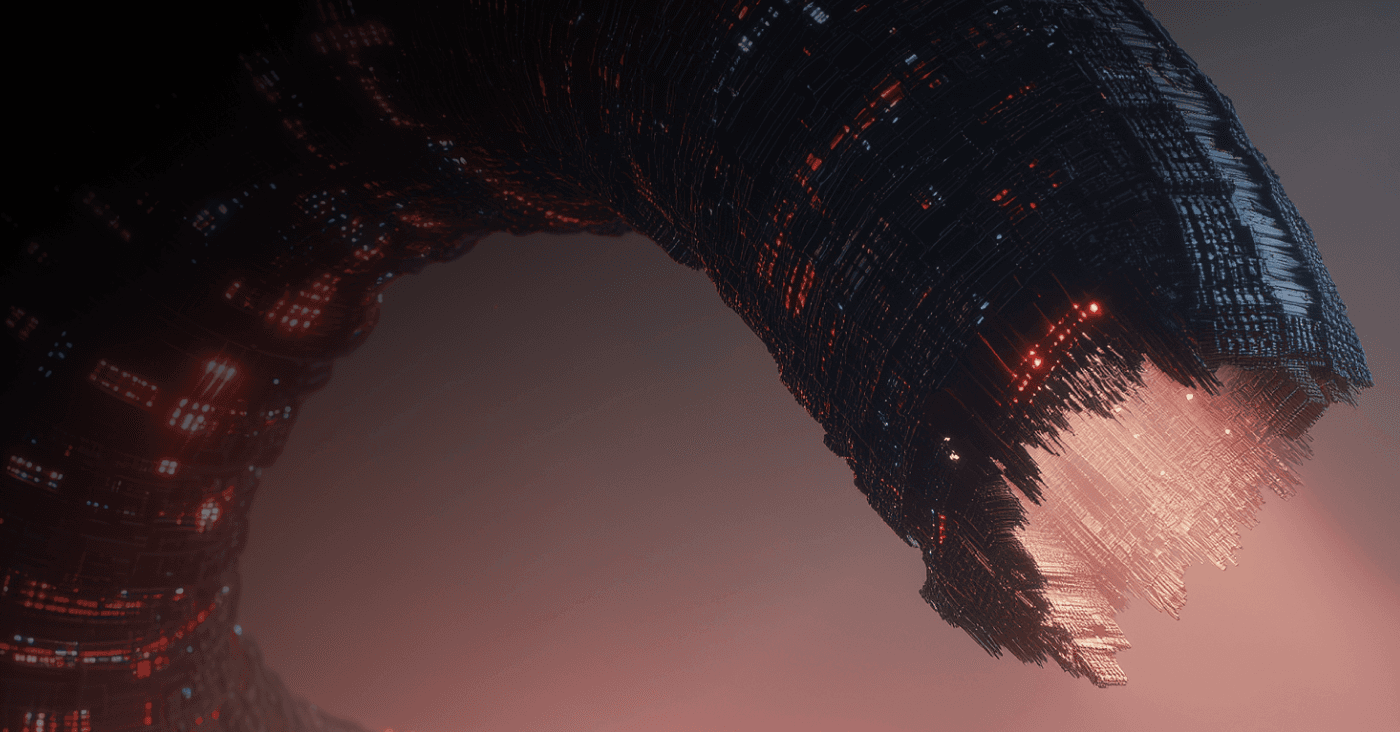
Why governance is key to safe AI adoption
A new CSA report stresses getting out in front of AI risk — and why it matters for SecOps.
Secrets — In cybersecurity and information technology, the word "secrets" usually refers to sensitive and confidential information crucial for verifying user identity, granting system access, enabling secure communications, and ensuring the confidentiality and integrity of critical data. Protecting secrets is key to the prevention of unauthorized access, data breaches, and cyberattacks. Breached secrets can result in system infiltration, data theft, and identity impersonation. To keep secrets safe, organizations adopt security practices such as encryption, secure storage, regular rotation, and strict access controls.
Secrets can encompass various types of sensitive data, including:
Passwords: A leaked password can be a passport to attackers.
Encryption keys: Intercepted encryption keys let malicious parties unlock sensitive information.
API tokens: Possession of API tokens by malicious actors will allow their requests for actions between applications and services via APIs to be authenticated.
Access credentials: In the wrong hands, access credentials such as usernames and passwords will grant malicious actors access to specific resources.
Authentication tokens: For attackers, the value of session tokens and OAuth tokens is that they validate a user's identity and enable them to access services without repeatedly entering credentials.
Database connection strings: These contain authentication information to connect to databases and access or manage data.
Private API keys: These authorize applications to securely access APIs.
SSH keys: Used for secure remote access and authentication, SSH keys allow users to access systems without passwords.
Digital certificates: These are used for authentication and encryption, verifying the identity of users, servers, and entities in secure communications.
Configuration secrets: Secrets that are stored in configuration files often contain authentication information or encryption keys.
Secrets maintenance involves the initial protection of sensitive information and its continuous safeguarding throughout its lifecycle. Properly done, it prevents unauthorized users, including cybercriminals and malicious actors, from exploiting vulnerabilities to access sensitive resources. Effective secrets maintenance supports data integrity, confidentiality, and the overall resilience of digital assets.
Secure storage: Secrets must be securely stored using strong encryption and hashing mechanisms. Storing secrets in plaintext or easily accessible locations increases the risk of exposure.
Access controls: The use of strict access controls limits who can view or modify secrets. Only authorized personnel should have access to secrets, and privileges should be assigned on a need-to-know basis.
Regular rotation: Regularly rotating secrets such as passwords and encryption keys limits the potential impact of a compromised secret by reducing the time an attacker can use it.
Key management: Robust key management practices include securely generating, storing, distributing, and revoking encryption keys.
Monitoring and auditing: These practices can spot suspicious or unauthorized activities that should trigger alerts and investigations.
Multifactor authentication: Requiring more than a single authentication method for accessing secrets management systems adds a layer of security.
Automation: The use of automation tools for secrets management reduces the risk of human error and ensures consistency in secrets handling.
Secure sharing: If secrets need to be shared, use secure methods such as encrypted communication channels or secure file-sharing platforms.
The principle of least privilege: Users should have access only to the secrets they require for their specific roles.
Creation and provisioning: During this phase, secrets are generated using secure methods that ensure their randomness and complexity. Secrets are then provided to authorized users, services, or applications that require access to protected resources.
Usage and rotation: Secrets are used for authentication, encryption, or authorization purposes. To prevent vulnerabilities, regular rotation practices are essential. Over time, the security landscape evolves and new threats emerge. By implementing routine secrets rotation, organizations can mitigate the risk associated with compromised or leaked secrets, enhancing their overall security posture.
Monitoring and alerting: Continuous surveillance ensures that unauthorized or unusual activities are promptly detected. Deviations from established usage patterns, unauthorized access attempts, or potential security breaches trigger alerts. Swift detection empowers organizations to respond proactively, minimizing potential damage and preventing unauthorized access.
Auditing and reporting: Periodic audits and comprehensive reporting provide insights into secrets usage, compliance with security policies, and potential security incidents. Auditing helps identify unusual behavior, unauthorized access attempts, and policy violations. By analyzing audit logs and reports, organizations gain a deeper understanding of their secrets management practices, enabling them to fine-tune their security measures.
Revocation and retirement: The lifecycle of secrets includes the time when they are no longer needed. Proper revocation or retirement of secrets is crucial to prevent unauthorized access in case old or outdated secrets fall into the wrong hands. Organizations eliminate potential vulnerabilities by securely retiring or revoking unused secrets and protecting their systems.
Secrets maintenance is a cornerstone of modern cybersecurity. Organizations can effectively thwart cyberthreats and unauthorized access by adopting proactive strategies to manage, rotate, and monitor sensitive information securely. An ongoing commitment to secrets maintenance safeguards critical assets and enhances an organization's overall security posture, enabling them to navigate the complex cybersecurity landscape with resilience and confidence.

A new CSA report stresses getting out in front of AI risk — and why it matters for SecOps.

Trigger.dev's experience shows that you need modern controls to combat today's supply chain attacks.

Researchers explain that as threat actors move to AI-enabled malware in active operations, existing defenses will fail.